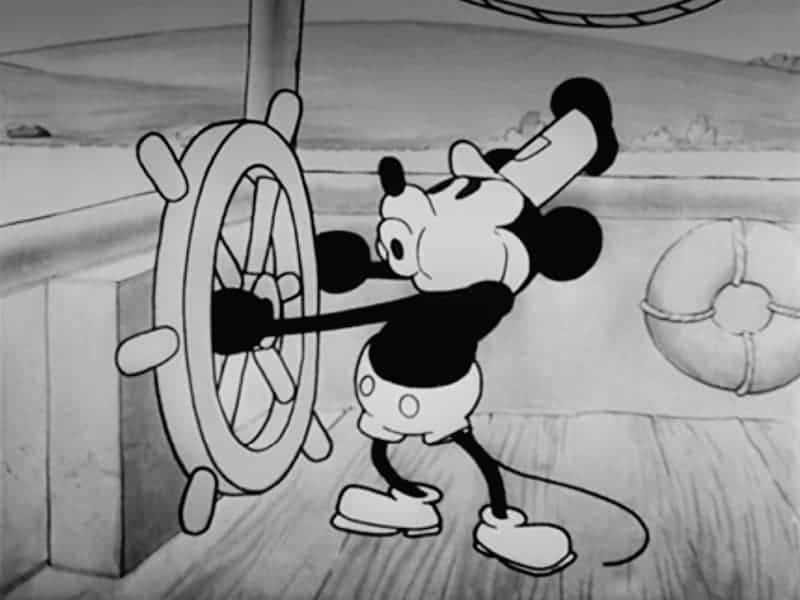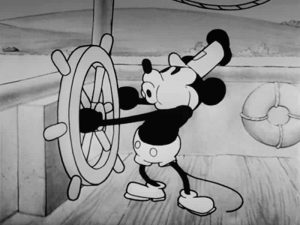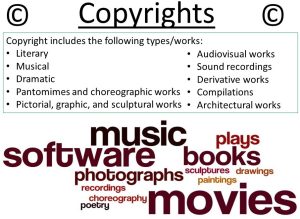These are the GenAI
prompts used to gather information about intellectual property (IP) and the
world of artificial intelligence (AI), i.e., IP+AI.
This is part of our Regenerative AI project; recreate as needed,
when needed, with the GenAI engines available to you at that time. Select
results from various Generative AI engines (ChatGPT 4.0, Gemini, Claude,
Copilot). Look at writing and analysis
of Human + Artificial Intelligence by Hall and (Hall & Lentz, 2024) over at
ScenarioPlans.com (alias to DelphiPlan.com).
This Regenerative AI article, The Future of IP with AI, is reproduced from ScenarioPlans.com (alias DelphiPlan.com) and adapted with permission. The link to the PDF of the results is there.
You the
reader/user can recreate the prompts as needed, when needed, with the GenAI
engines available to you at that time. Note that a couple prompts are included
with multiple GenAI engines for comparison.
Future of IP with
AI using GenAI?
Q: Who owns the copyright
when something is co-created by human + AI? When something is almost completely
AI created? When something is totally AI created?
Q: What about patents and
inventions? Who is the inventor when something is co-invented by human + AI,
when something is almost completely AI, when something is totally AI invented?
Q: . . . and what about
ownership of the intellectual property?
Q: How does AI impact
infringement?
Q: Are
trademarks in jeopardy from AI? What steps should be taken to protect TMs?
Q: Write an article on
intellectual property in the age of AI, include all the topics in the chat as
well as any others that are important. Give one or more reliable sources for
each section including links Wikipedia articles where appropriate (formatted APA
style and a reference page)
The graphic image was created using the last prompt by Hall
(2024, May) and produced using DALL-E.
#IntellectualProperty #IP #GenAI #PropertyRights #Inventor
#Creator #Copyright #Patent #Trademark #TradeSecret
%20and%20trademark%20(TM)%20symbols.%20.webp)


